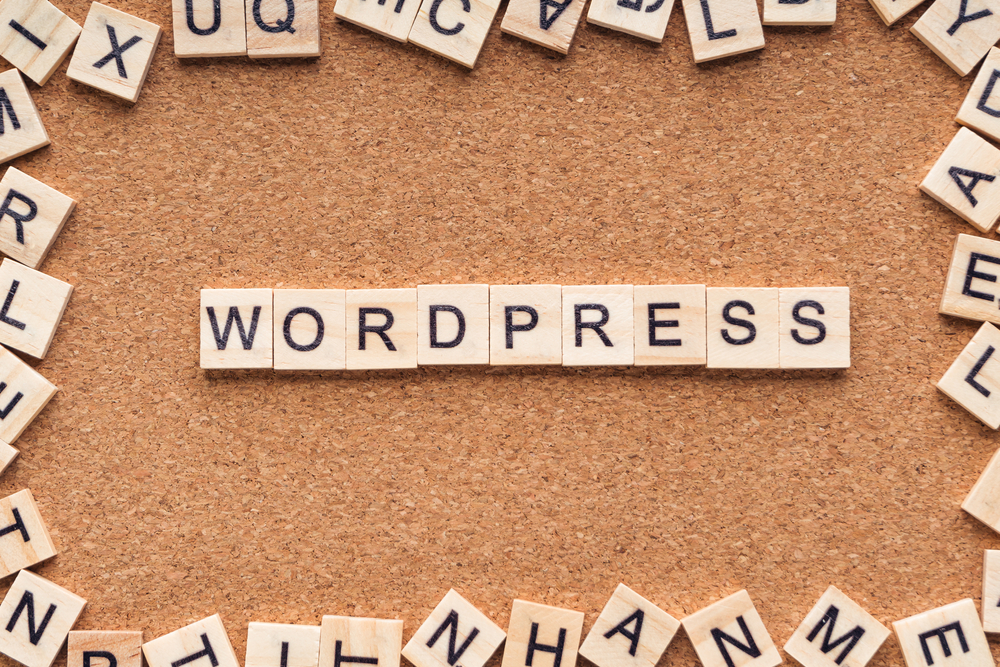
The Ultimate Guide to WordPress Customization and Maintenance: Expert Tips and Tricks

Introduction
WordPress has become the go-to platform for creating and managing websites. Whether you are a beginner or an experienced user, having a well-customized and well-maintained WordPress site is crucial for its success. In this ultimate guide, we will explore expert tips and tricks for customizing and maintaining your WordPress (the blogging platform) website, ensuring that it runs smoothly and efficiently.
1. Choosing the Right Theme
One of the most important decisions you'll make when customizing your WordPress site is choosing the right theme. There are thousands of WordPress (or WP) themes available, both free and premium, each offering different features and design options. Consider your website's niche and purpose when selecting a theme. Look for a responsive and SEO-friendly theme that suits your design preferences. It's important to choose a theme that is regularly updated and supported by its developers.
2. Installing Essential Plugins
Plugins are powerful tools that extend the functionality of WordPress (the platform for bloggers) . From improving security to enhancing SEO, there is a plugin available for almost anything you can imagine. However, be mindful not to overload your site with unnecessary plugins, as they can slow down your website's performance. Install only essential plugins based on your specific needs. Consider using plugins like Yoast SEO for optimizing your content, Akismet for spam protection, and Jetpack for a range of useful features.
3. Customizing Your Website's Appearance
WordPress offers a wide range of customization options, allowing you to create a unique and appealing website. To get started, navigate to the Appearance section in the WordPress (WP) dashboard and explore the customization options available. Customize your logo, colors, fonts, and layout to match your brand identity. Take advantage of the theme's built-in customization options or use a plugin like Elementor or Beaver Builder for more advanced customization.
4. Optimizing Website Performance
Website speed is crucial in today's digital landscape. A slow-loading website can lead to poor user experience and a high bounce rate. To optimize your WordPress site's performance, start by choosing a reliable and fast hosting provider. Enable caching to reduce server requests, compress your images, and minify your CSS and JavaScript files. Consider using a content delivery network (CDN) to deliver your website's content to users faster, no matter where they are located.
5. Ensuring Website Security
Securing your WordPress site is paramount to protect it from hackers and vulnerabilities. Start with the basics by using strong and unique passwords for your admin and user accounts. Regularly update your WordPress core, themes, and plugins to ensure you have the latest security patches. Install a security plugin like Wordfence or Sucuri, which offer features like malware scanning, firewalls, and login protection. It's also recommended to have a backup solution in place, so you can easily restore your website in case of any unforeseen issues.
6. Regularly Updating and Maintaining Your Website
WordPress constantly releases updates to enhance security, fix bugs, and improve features. It's crucial to keep your WordPress core, themes, and plugins up to date. Regularly check for updates in the WordPress dashboard and apply them promptly. However, before updating, ensure you have a backup of your website in case something goes wrong. Additionally, regularly delete unused themes and plugins, as they can pose security risks.
7. Optimizing for Search Engines
WordPress is known for its SEO-friendly nature, but there are still several steps you can take to optimize your website for search engines. Install an SEO plugin like Yoast SEO or All in One SEO Pack to help you optimize your content and meta information. Conduct thorough keyword research and incorporate relevant keywords into your content, headings, image alt tags, and meta tags. Optimize your website's loading speed, improve its mobile responsiveness, and ensure your URLs are user-friendly.
Frequently Asked Questions:
Q1. How do I choose the right WordPress theme for my website?A1. When choosing a theme, consider your website's niche and purpose. Look for a responsive, SEO-friendly theme that aligns with your design preferences. Ensure it is regularly updated and supported by developers.
Q2. Are plugins necessary for my WordPress site?
A2. Plugins extend the functionality of WordPress. Install essential plugins based on your needs but avoid overloading your site with unnecessary ones to maintain optimal performance.
Q3. How can I optimize my WordPress site's performance?
A3. Optimize website performance by choosing a reliable hosting provider, enabling caching, compressing images, minifying CSS and JavaScript files, and utilizing a content delivery network (CDN).
Q4. What measures should I take to secure my WordPress site?
A4. Strengthen your website's security by using strong passwords, regularly updating WordPress core, themes, and plugins, utilizing a security plugin, and implementing a backup solution.
Q5. What is the importance of regularly updating my WordPress site?
A5. Regularly updating your WordPress core, themes, and plugins ensures you have the latest security patches, bug fixes, and enhancements. Prioritize backups before performing updates.
Conclusion
WordPress customization and maintenance are essential for a successful website. By choosing the right theme, installing essential plugins, customizing appearance, optimizing performance, ensuring security, and regularly updating your site, you can provide a seamless user experience and improve your website's overall performance. Follow these expert tips and tricks to unlock the true potential of your WordPress-powered website.
Other useful resources
- https://www.wordpress24plus.com/services/wordpress-developer/
- https://en.wikipedia.org/wiki/WordPress
- https://www.wordpress24plus.com/wordpress-tools-directory/wordpress-plugins/